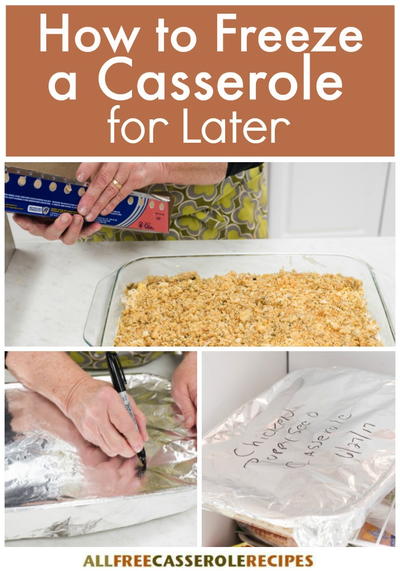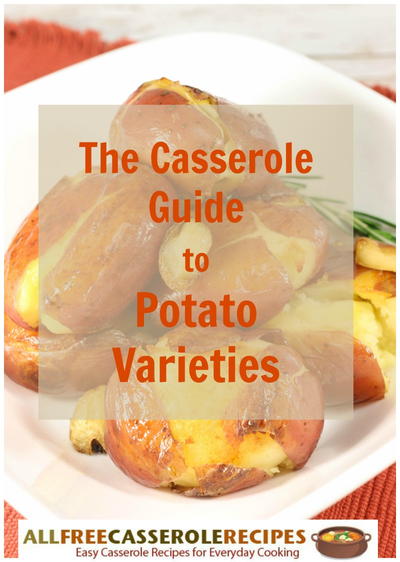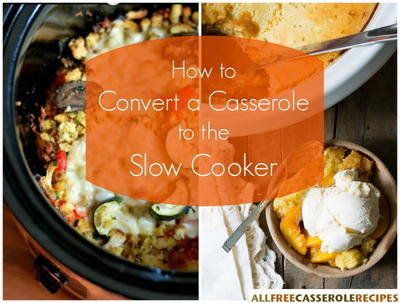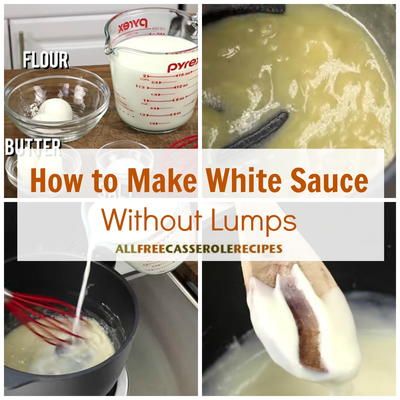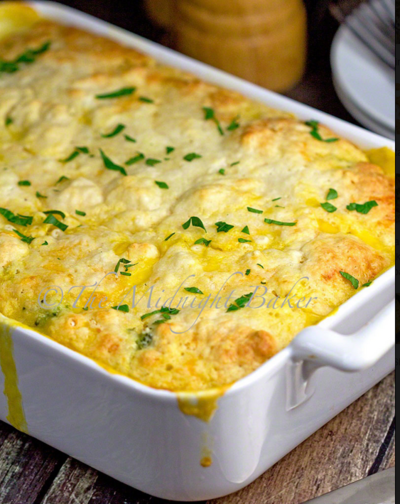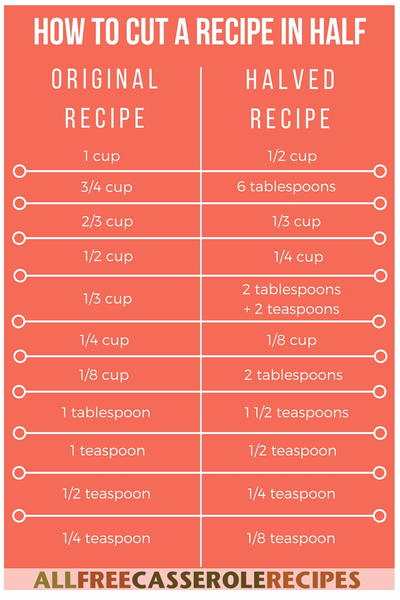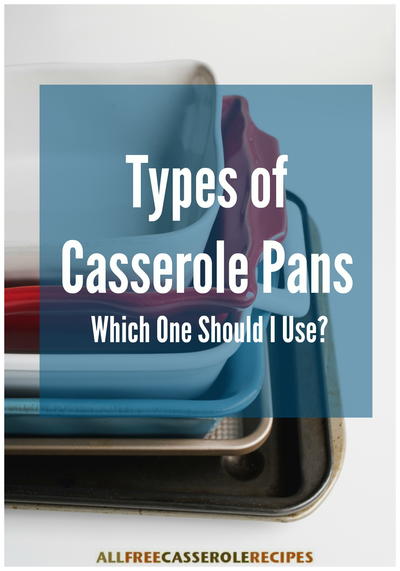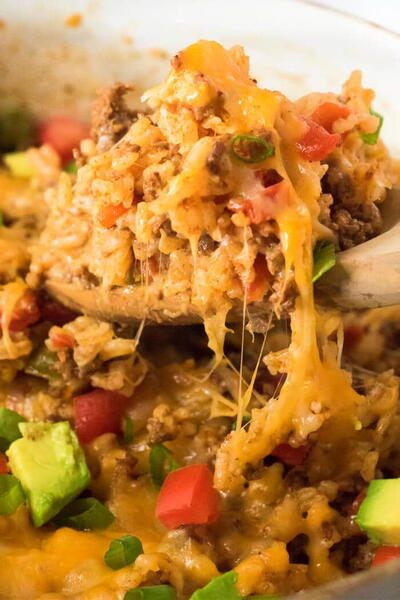Seasonal Vegetables: How to Choose Vegetables That Are in Season
Learn what vegetables are in season and how to choose the best produce!

No casserole is truly complete without a healthy dose of vegetables. However, even in this day and age when produce is plentiful and seemingly available year round, produce tastes the best when it is in season.
We have created this guide, Seasonal Vegetables: How to Choose Vegetables That Are in Season, to help you make the best choices while shopping. Vegetables that are in season taste the best because they were grown in the ideal conditions required for that vegetable. Aside from better-tasting produce, buying produce when it's in season is better for the environment too. If a certain vegetable is in season in your climate, it doesn't have to travel across the world just to get to your local grocery store.
Even if the produce aisle intimidates you, this guide will give you a clearer idea of seasonal produce and what you can expect when. Knowing what is in season will also make meal planning easier; there's nothing worse than having your heart set on a particular dish, only to find that that particular vegetable is not in season. Following our guide on Seasonal Vegetables: How to Choose Vegetables That Are in Season will make your meals more delicious and will make for a happier environment.
You can get the full infographic by clicking on the link below!
Click Here to Download the Free Printable PDF
Table of Contents
Summer Vegetables
Following rainy spring, summer arrives with its heat. The combination of fertile ground and warm weather is great for many vegetables such as zucchini, tomatoes, peas, avocados, and bell peppers.
Spaghetti, Tomato, and 3 Cheese Pasta Pie
Tomatoes - The ideal tomato is a balance between firm and soft. Remember that tomatoes come in many different varieties, so color is not always the best way to identify a ripe tomato.
Bell Peppers - The color of these peppers aren't just to look at; the colors indicate flavor. Yellow and orange bell peppers are sweeter than green bell peppers.
Avocados - This is a vegetable whose ripeness can be difficult to spot. A ripe avocado should generally be soft around the stem area. Another tip: try removing the node of the stem. If the area underneath the stem is light green, it should be a ripe avocado. If it is any darker, there's a good chance the avocado is past its prime.
Chicken Casserole With Corn And Peas
Peas - When picked at the correct time, peas are sweet and plump. If picked too early, peas can be small, but if they are picked too late, they can become large and tasteless.
Fall Vegetables
On a chilly fall day, nothing is better than a comforting casserole. Luckily, there is lots of produce to choose from such as eggplant, onions, garlic, pumpkin, and broccoli.
Eggplant - When choosing a ripe eggplant, the skin should be glossy and the stem should be green.
Onions - Onions should not be be very firm and should not have a green sprout in any form.
Pumpkin - A ripe pumpkin should make a hollow sound when thumped on. The skin should also be firm.
Slow Cooker Cheesy Chicken Broccoli and Rice
Broccoli - When ripe, the head should be dense with no gaps. It's also important to check the cut end to see how long ago the broccoli was harvested.
For great vegetable casseroles, be sure to check out our free, downloadable eCookbook,Cooking Vegetable Side Dishes: 9 Easy Casserole Recipes
Winter Vegetables
Even though produce isn't usually associated with winter, there are still several vegetables that are in season in the winter. Several root vegetables as well as Brussels sprouts are in season in the winter.
Scalloped Sweet Potatoes Au Gratin
Sweet Potatoes - When choosing sweet potatoes, look for potatoes that are small or medium and that have smooth skin. Cuts or bruises on a sweet potato can spread and cause the potato to quickly rot. They can last from 3-5 weeks in a pantry and from 2-3 months when refrigerated.
Chicken, Celery, and Stuffing Casserole
Celery - Ripe celery has firm stalks that are tightly packed. The leaves should be green and healthy looking. When kept in the crisper drawer of the refrigerator, celery can last from one to two weeks.
Turnips - When it comes to turnips, smaller is better. Large turnips can have a course texture and bitter, whereas smaller turnips have a sweeter flavor. Turnips are frequently confused with their larger cousin, the rutabega. While somewhat different in flavor, these two vegetables can sometimes be used as substitutes for one another.
Chicken, Mushroom, and Leek Cobbler
Leeks - The leek is a member of the same family as onions, garlic, scallions, and shallots. Leeks have a milder flavor than the other vegetables in their family so they are the perfect addition to many recipes.
Brussels Sprouts - Ripe Brussels sprouts are firm, green, and are about 1-2 inches in diameter. Brussls sprouts actually have better flavor if they are picked after the first frost, which makes them an ideal winter vegetable.
Spring Vegetables
After the cold winter there are many vegetables that are in season in the spring. Aspragus, spinach, corn, cabbage, and radishes are the main vegetables that are in season in the spring.
Asparagus - Ripe asparagus should be firm with a bright green hue. The size of asapragus doesn't always indicate quality; thicker asparagus can sometimes be woody, whereas thin asparagus can be limp. When choosing asparagus, the most important factors are color and the density of the tip, with thicker tips being better.
Spinach - Choosing the best spinach depends on what it will be used for. If the spinach is used for a salad, the stems should be flexible and tender. If the plant has a thicker stem, the spinach is better for cooking. The leaves should be bright green with no discolorations.
Cabbage - The head should be compact and feel heavy for its size. Look for shiny, colorful leaves that are crisp.
Corn - When choosing fresh corn on the cob, feel the kernels through the husk. You shouldn't feel any gaps where missing kernels would be. The cornsilk that sticks out of the top should be sticky and brown. If it is dry or brown, the corn is no longer fresh. Also, corn is sweetest when it is cooked very soon after it's picked.
Cauliflower-Broccoli Gratin with Horseradish
- Horseradish is actually cousin of the radish.
Radishes - The roots should be bright in color and free from scratches and nicks. The best radishes will also be firm in texture.
Year-Round Vegetables
There are three special vegetables that are available all year long! You don't have to rely on the seasons to use these vegetables.
Carrots - Look for a smooth texture without cracks or splits. When it comes to carrots, the darker the color the better. Also, carrots that still have greens attached are generally fresher and have better flavor.
Crazy Good Chicken and Mushroom Casserole
Mushrooms - When buying mushrooms at the grocery store, avoid mushrooms that are bruised, shriveled, or slimy. Mushrooms stay the freshest when they are stored in the refirgerator in a paper bag. Contrary to popular belief, mushrooms can be washed, but only do so if you plan on cooking them immediately.
Potatoes - When choosing potatoes, they should be heavy and firm. You should avoid potatoes with cuts, green discoloration, or soft spots. Potatoes should be stored in a cool, dark, and dry place.
For more delicious recipes with potatoes, be sure to check out our collection of8 Funeral Potatoes Recipes: The Best Cheesy Potato Casseroles

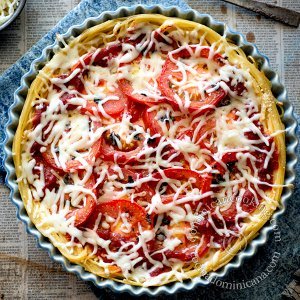
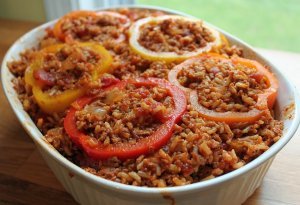


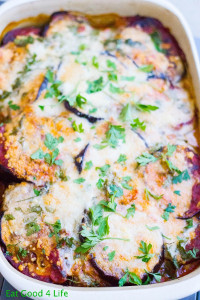
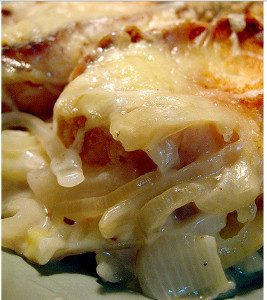
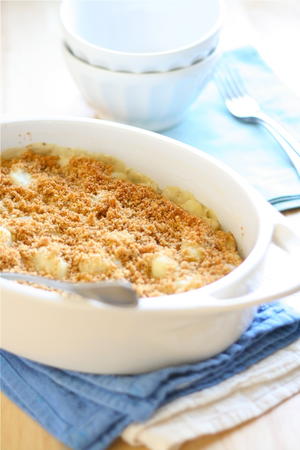
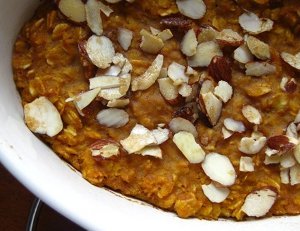


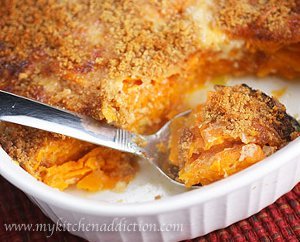


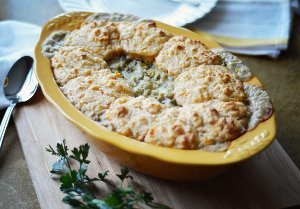
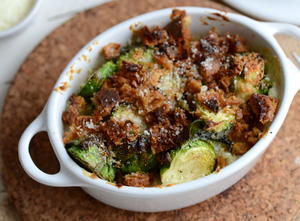
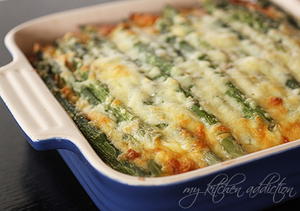

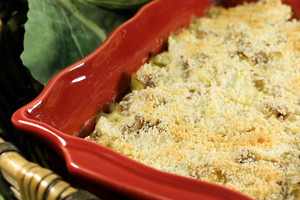

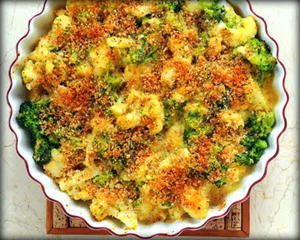
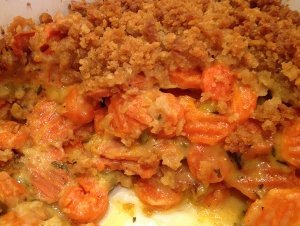
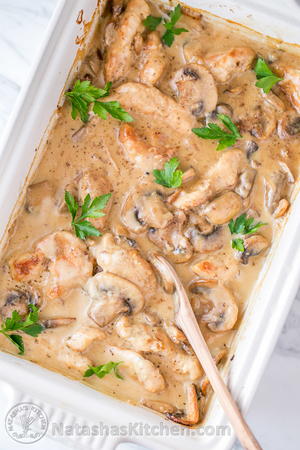
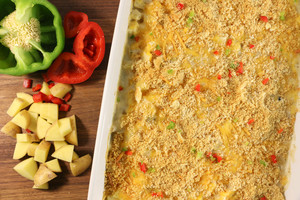
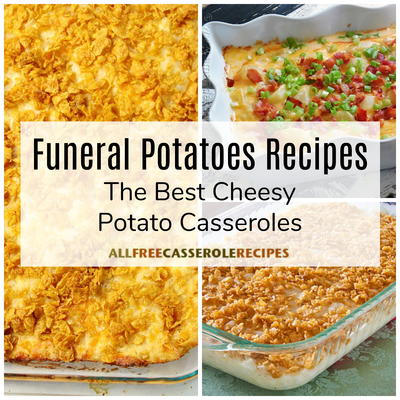
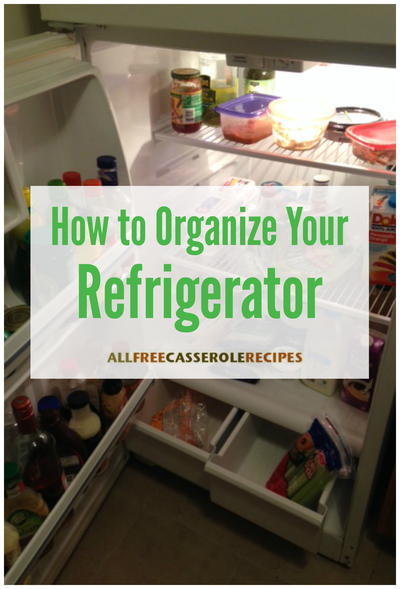
![Casserole Cooking Tips: Ways to Cook Chicken [Infographic]](http://irepo.primecp.com/2016/10/303676/Ways-to-Cook-Chicken-for-a-Casserole-infographic_Large400_ID-1921165.jpg?v=1921165)
